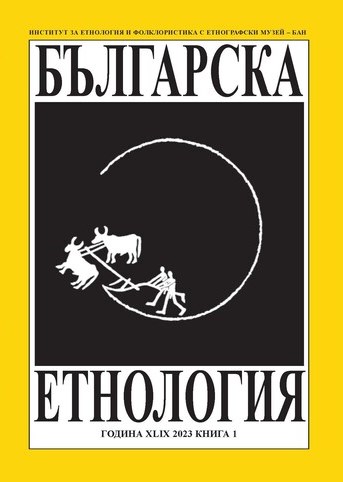
We kindly inform you that, as long as the subject affiliation of our 300.000+ articles is in progress, you might get unsufficient or no results on your third level or second level search. In this case, please broaden your search criteria.

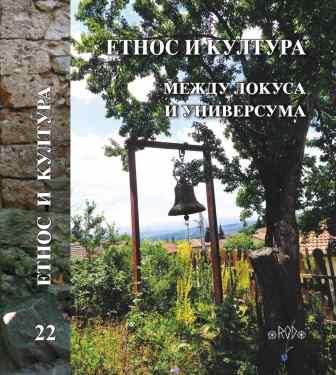
The article deals with the problem of the invariant of the ballad’s folklore plot, in which a bear fights a bear. In the variants of the song, this happens during the return of the wedding to the bride, and after the victory the bridegroom takes her as his wife. The possibility of replacing the bridegroom with a son-in-law arises from the fact that in the mythoritual invariant they are most likely a pair of twin brothers, which encodes the dual nature of the shamanic-type priest (the division of “soul” and “body”). In such a case, the fight with a bear is localized at the point of transition through the celestial axis guarded by the constellation Ursa Major. After defeating the bridesmaid (the more active and dynamic “soul”), he can replace the passive “body” and take his bride. In general, the song is an echo of an ancient mythopoetic plot that describes a shamanic-type wedding priest with his magical (heavenly) choice.
More...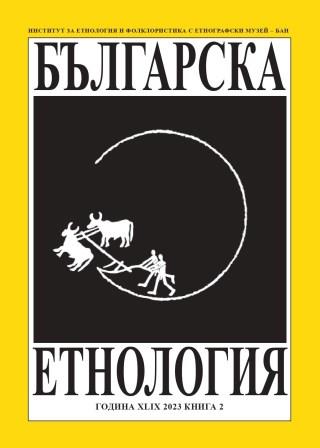
The article shows how the trends and problems in the development of medicine and health care in the former USSR in the post-war period are reflected in the specialized Soviet journals. The article analyzes how the following topics are considered in medical newspapers and magazines: the relationship between science and practical medicine, the use of innovative technologies for the treatment of various diseases, the features and principles of management of the healthcare system, the influence of political and ideological factors on the processes of decision-making in the field of medicine and health care, etc. The content, structure and specifics of some printed publications are examined in detail. Special attention is paid to the popular science journal “Zdorovye“ (Здоровье) - “Health“
More...
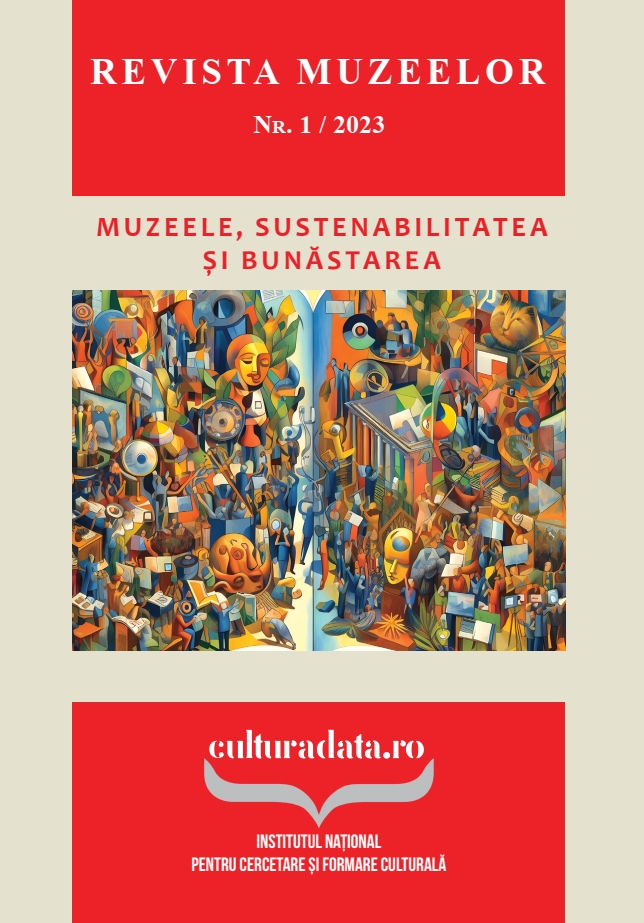
The theme of well-being and health through culture, heritage, and museums is already established in the European museum world, as evidenced by the fact that the International Council of Museums (ICOM)has proposed this theme as the objective for the year 2023. It is only natural, therefore, that at the national level, the subject generates discussions and interest. In this article, we aim to provide a case study regarding how this generous theme has been approached within acultural institution in Bucharest. A small museum, but one that aims to constantly evolve, the Maps Museum has initiated a project in order to explore the impact of heritage on individuals with cognitive disabilities. An insight into this endeavor might be useful for other small but enterprising museums, by showcasing the developmental journey of the idea as well as the challenges encountered.
More...
The paper presents a new regulation issued in Romania, in April 2023, regarding the Status of the professional cultural worker, following the E.U. and UNESCO recommendations on the matter of the precarity of artists and cultural workers activity; although not all the UNESCO recommendations are observed by the Romanian regulation, it represents a first step in supporting the independent cultural sector, namely professionals outside the „employee” legal framework, based on a regular „work contract”, offering tax reductions, right of fee negotiations and recognition of work experience. The paper also analyses the international recommendations in force, current national regulations on the status of the artist and the cultural worker, as well as data from recent research on the subject. A special section of the article refers to the present situation of specific occupations in the field of cultural heritage in Romania, indicating the potentially low impact of the new regulation in this particular sector, due to the current national institutional and legal context that favours the regular „work contract”.
More...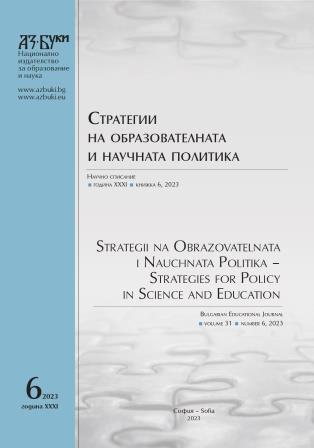
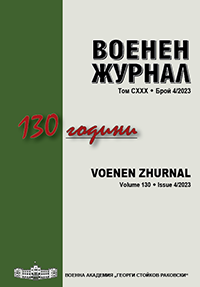
Social responsibility issues are of growing importance and top priority. Among the leading prerequisites for this are globalization, the role of knowledge, the role of information, cultural dialogue, the growing importance of social factors in governance, the role of public institutions, etc. Due to these considerations, the article presents a theoretical and empirical study of topical, controversial issues concerning the modern management concept of „social responsibility“ on the example of public institutions. Topics on the definitional definition of social responsibility are highlighted, and claims are proven through content analysis and a pilot empirical study on the aspects of its application in the public sector of the Republic of Bulgaria. In this regard, the aim of this publication is to justify the new role, opportunities and perspectives of the concept of social responsibility, as well as to explore aspects of its application on the example of public institutions in our country, in order to make their management more effective and prosperous.
More...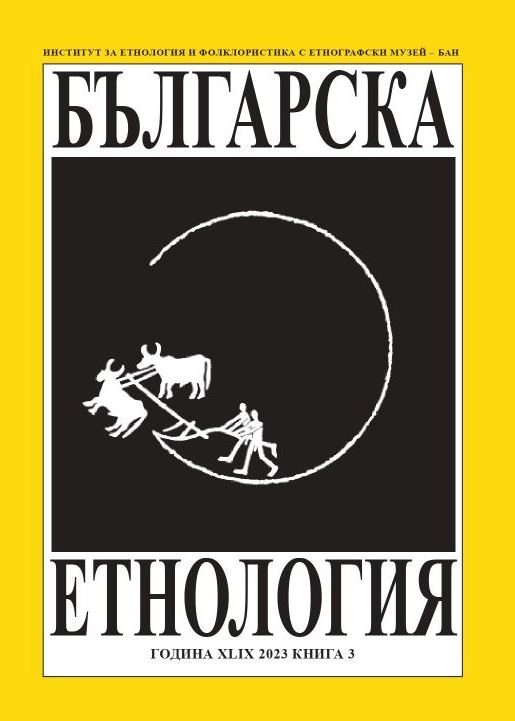
The article presents and analyses disaster management in Bulgaria with a focus on floods based on two recent examples in the town of Berkovitsa and the town of Etropole from June 2023. An overview is given of definitions, strategic documents, and legislation at the national and local level on disaster management mechanisms in particular floods and the key actors on the ground. The article discusses the idea, put forward by Lisa Irene Saban, that public administration can facilitate the possibility of mutual empowerment between structures ' above’ (state apparatus) and ‘below’ (volunteers, residents in general) through collaboration with active civil society associations during natural disasters. Based on the tracking of the two flood cases, the article traces the stages that characterize the management process: (1)preparing for a disaster before it occurs, (2) developing disaster response measures, and (3)relief and recovery after natural disasters occur.
More...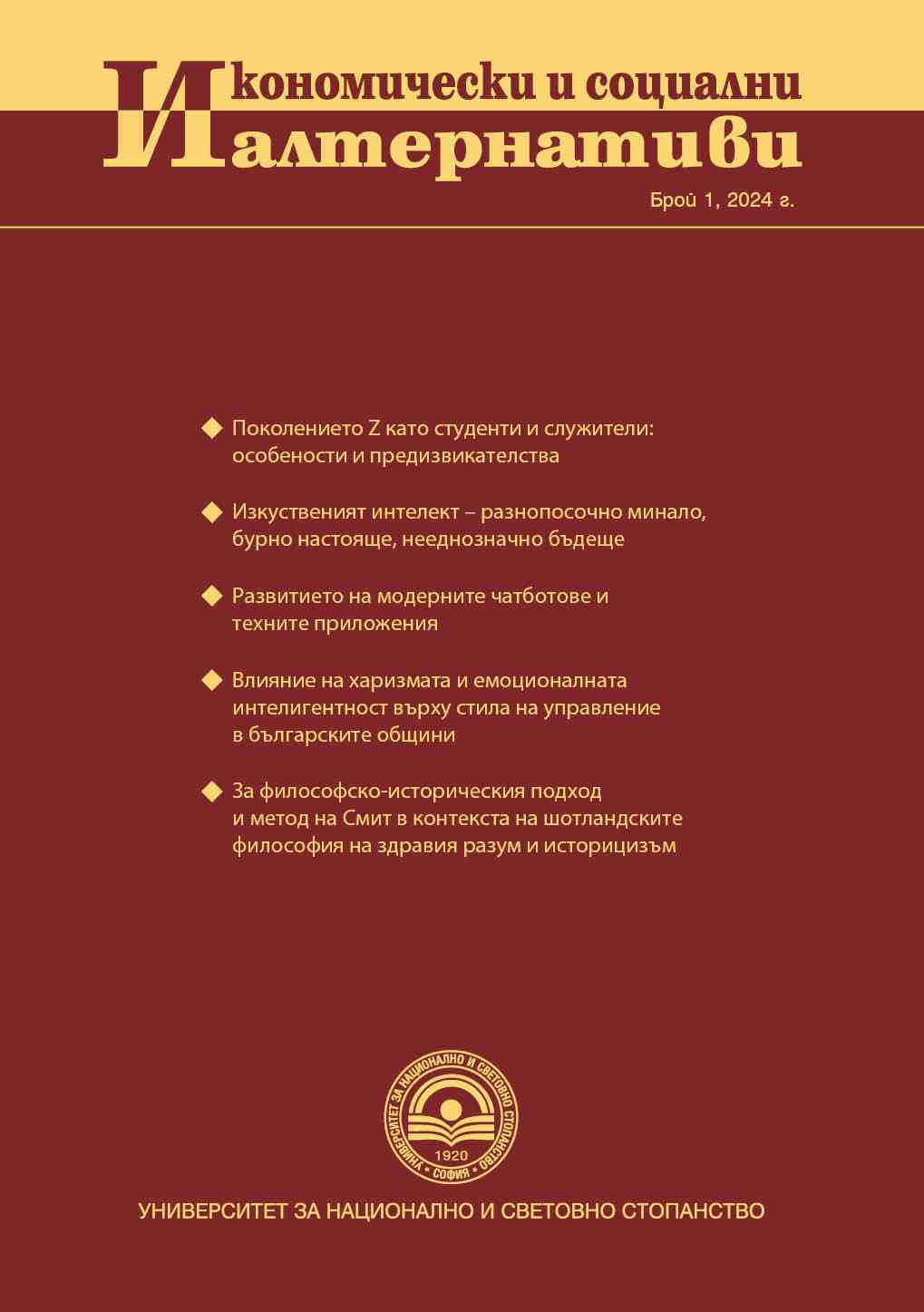
Income and prices are a major economic factor by which the well-being of a country’s population can be determined. The relationship between these two factors is assessed through the “purchasing power” indicator. It is a set of the amount of a given type of commodity that can be purchased with the total average income of a person from a household, in a certain year, if the same is spent on that commodity. In order to follow the current trends in the purchasing power of the Bulgarian population, the article examines the products that have significant consumption. Using statistical methods, modern trends in the development of incomes and the purchasing power of bread and coal products are tracked. A development prognosis for the next two years has been made.
More...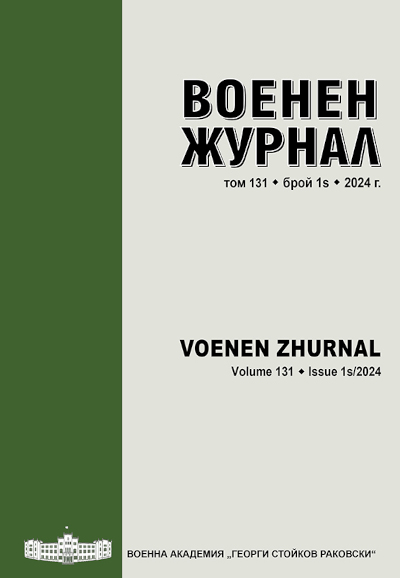
In the article, the essence and content of national interests are revealed, its classification is presented, and information is given about the factors influencing the formation of national interests. At the same time, an analysis of the category of national interests, the influence of national values on its understanding, and concepts such as public and national interests were considered. It analyzes the genesis of Azerbaijan’s national interests, the stages of its development, the effectiveness of the country’s leadership’s policy in the sphere of its protection. Along with that, the reasons and consequences of incorrect identification of the national interests of Armenia are shown.
More...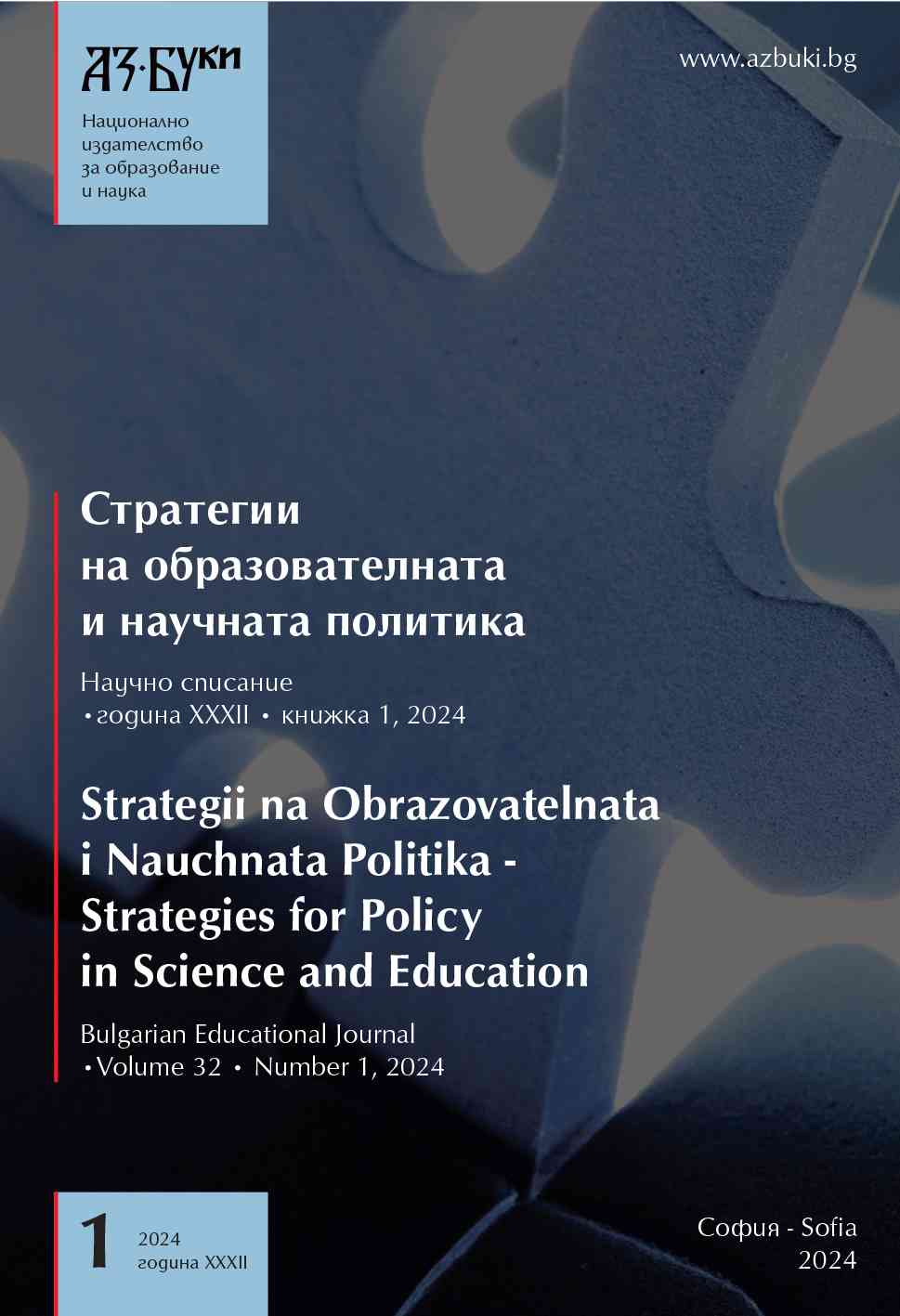
This article examines the problem of social entrepreneurship education in higher education. Along with traditional entrepreneurs, it is of particular importance to create social entrepreneurs through collaboration between academia, social enterprises and business. The development of social entrepreneurship in higher education institutions in Bulgaria faces a number of problems, as well as prospects for its development. The purpose of this article is to identify the problems and outline the prospects for social entrepreneurship in higher education in Bulgaria. By undertaking the necessary activities in the direction of increasing social awareness, sustainability and social responsibility, universities can train socially oriented entrepreneurs to contribute their knowledge and abilities to the development and well-being of our country. The main research methods involved in the development are content analysis, method of analysis and synthesis, method of observation, intuitive and systematic approach.
More...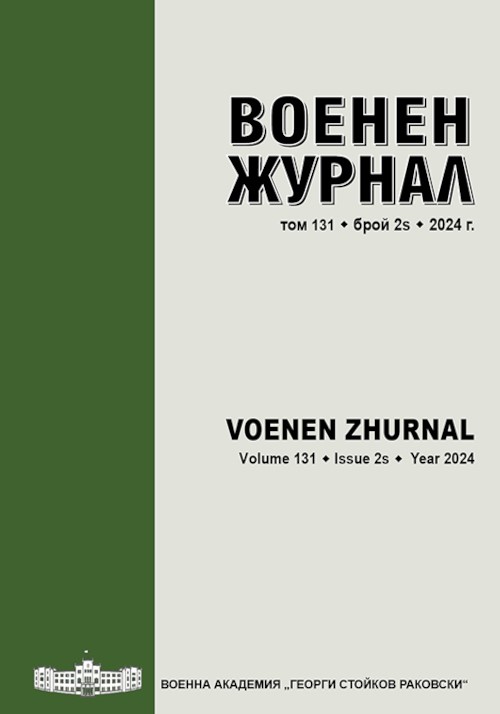
In the context of the deteriorating and explosive security environment, an attempt is made to justify the usefulness of building an efficient system for civil defence, through which the stability of the population and the state can be guaranteed in crises and military-political conflicts. The tasks defined in the second Protocol additional to the Geneva conventions are examined and they are related to the specific responsibilities in the Republic of Bulgaria. Finally, additional current tasks are proposed and three approaches to building the system in the country are underlined.
More...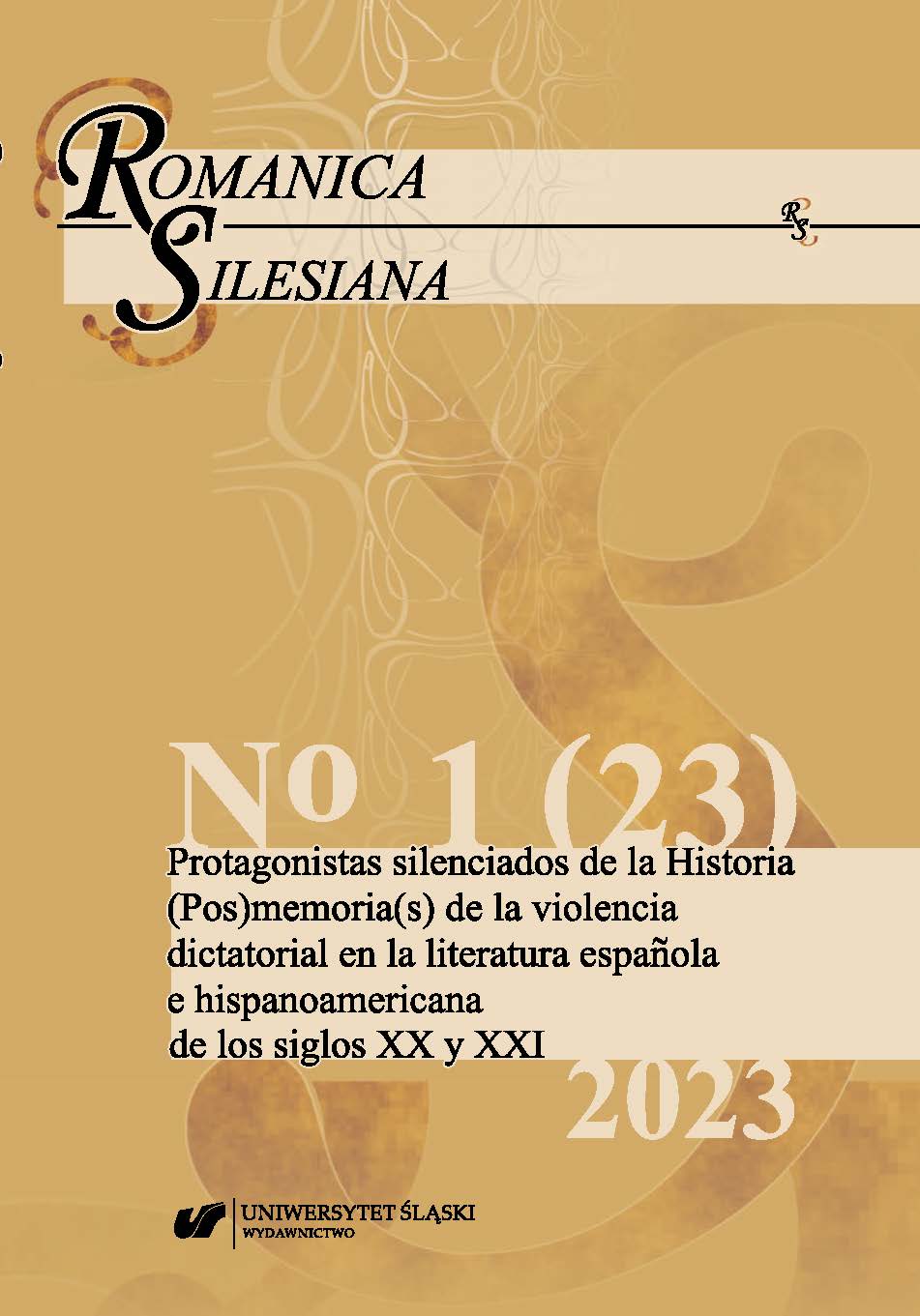
Juana Doña describes her book Desde la noche y la niebla as a novel-testimony, but not an autobiographical one. This story about her life as a militant in the communist ranks, the Spanish Civil War, and her imprisonment mark the narrative evolution that transgresses any taboo imposed by Francisco Franco’s censorship. Doña relies on her memory and her present self-awareness to remember and decide, respectively, which events are related, and which are silenced; how actions are reaffirmed, and which information is omitted; and how the narrative pronoun changes according to her own life or the collective struggle. The book functions as an individual catharsis, both for the author and the readers. I propose to analyze the writing process of this book as a promotion of justice weapon, following Kimberly Nance’s theory about the ethical decisions made by the author of the testimony and inferring a new role for the reader as a timeless agent in social struggle.
More...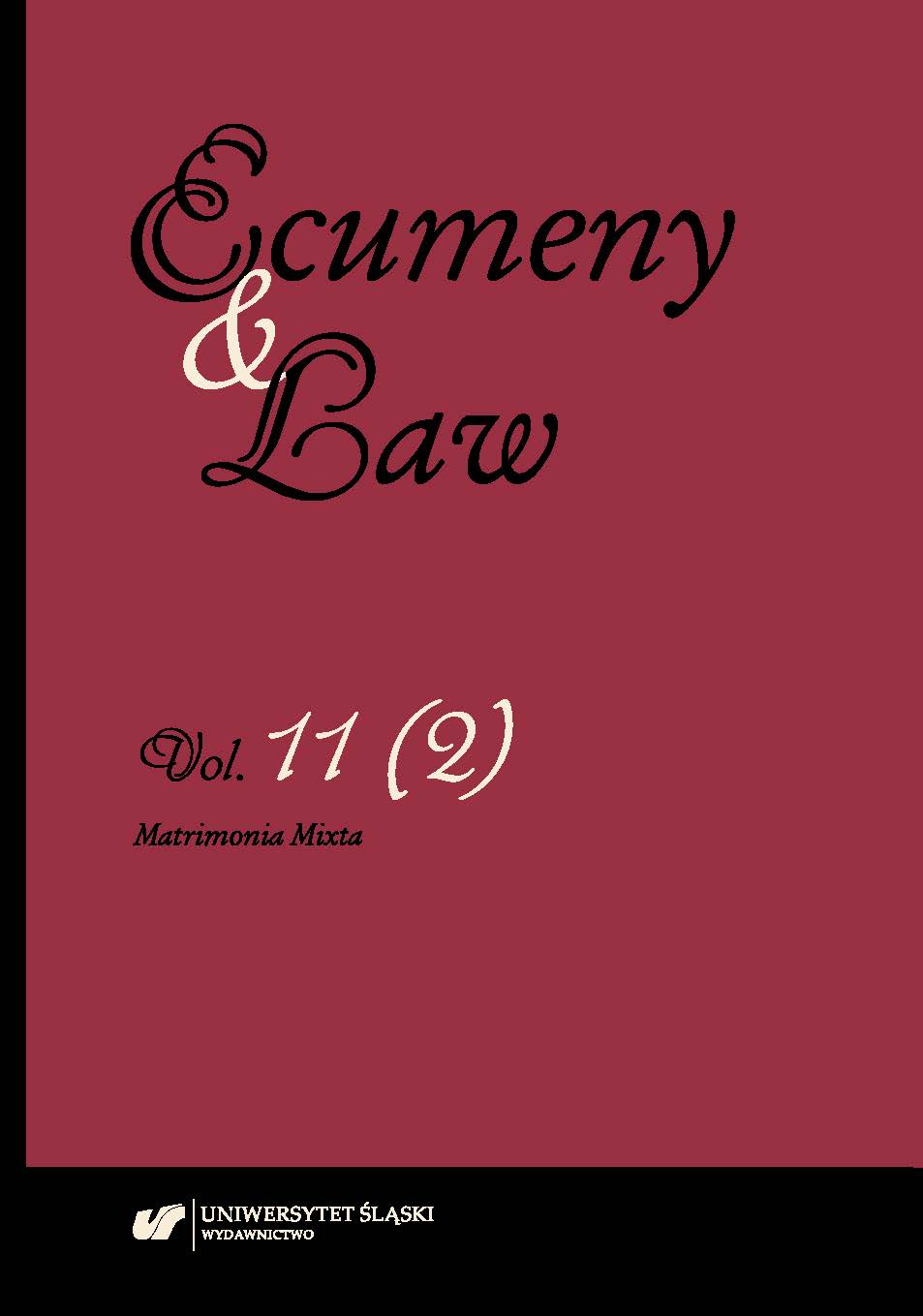
Firstly, the article provides basic information on the biblical teaching on marriage. While the Old Testament sees marriages with numerous offspring as a high value, the New Testament shows a tendency towards celibacy, be it on account of imitating Christ or for the expectation of imminent parousia. The most important author amongst the Fathers of the Church, St. Augustine, made a significant contribution towards forming the Catholic doctrine on marriage upon which drew even the medieval scholastics. In the modern age, the Church complained about the countries which forced their concept of marriage on the Catholic faithful. Even today, the Catholic Church is against the breakdown of marriage by means of divorce. Since the Second Vatican Council, however, there has been a development, for example, as regards contracting marriages between Christians of Catholic and non-Catholic confessions. Prior to the publication of the 1983 Code of Canon Law, this was expressed in the motu proprio of Paul VI Matrimonia mixta, whose regulation did not have to be changed substantially in the Code.
More...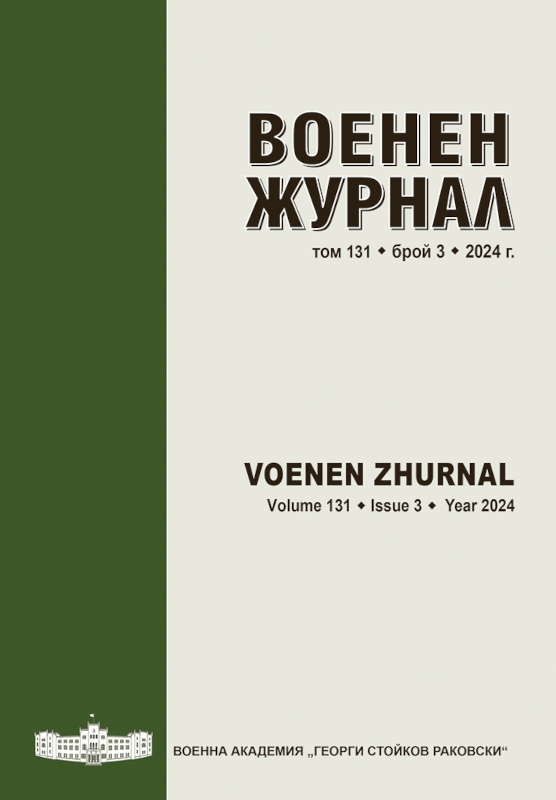
The system for collection, assessment and exchange of data on chemical, biological, radiological and nuclear (CBRN) situation, operating in the Armed Forces, has characteristics that predetermine the possibility of its optimization and its transformation into a system for early warning, notification and monitoring of CBRN contamination, meeting the modern requirements of the troops. There are certain imperfections in the operation of the system related to the long time required for processing and exchanging information, as well as to the reliability and credibility of the transmitted data. They are caused by the unrealized horizontal information links between the system elements, its inability to function as an integrated communication, information and functional structure and the absence of automated devices for determining the wide range of threats.
More...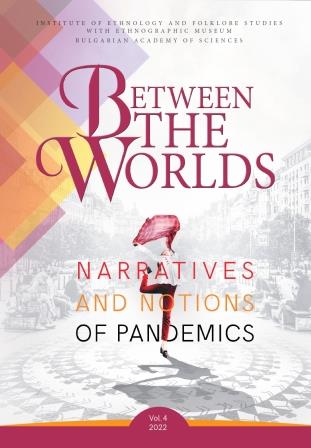
With the high levels of uncertainty and vulnerability created in everyday activities, the COVID-19 outbreak has prompted a proliferation of narratives. Against the official narrative crosscutting the worlds of science, medicine, social measures, and personal responsibilities, many conspiracy theories have emerged. In this study, we examine both the official COVID-19 narrative and various conspiracy theories as conforming to a format called the pending narratives (Törrönen, 2021). Pending narratives are future-directed stories operating on three levels – story, discourse, and norm – to call their audience for a certain course of action. As such, they are inherently rhetorical, and their audience evaluation is informative of their rhetorical qualities. To examine the reception and evaluation of COVID-19 narratives by young people, we used 27 semi-structured online interviews conducted between June and October 2021 with freshmen university students across Turkey. While the official narrative was emergent throughout the interviews, we asked specifically about certain alternative stories (lab leak, population weapon, hidden elites). Our analysis shows that both the official and the conspiracy narratives have some purchase among the Turkish students. We thus divide the interview responses into three groups: adhering to the official narrative, adhering to the conspiracy theories, and those that are ‘inbetween’. Focusing specifically on the latter group, our analysis maps the reasons for which the interviewees criticise, debunk, and refute various narratives. We conclude by assessing the rhetorical qualities and appeal of the lab leak, population weapon, and hidden elites conspiracy theories.With the high levels of uncertainty and vulnerability created in everyday activities, the COVID-19 outbreak has prompted a proliferation of narratives. Against the official narrative crosscutting the worlds of science, medicine, social measures, and personal responsibilities, many conspiracy theories have emerged. In this study, we examine both the official COVID-19 narrative and various conspiracy theories as conforming to a format called the pending narratives (Törrönen, 2021). Pending narratives are future-directed stories operating on three levels – story, discourse, and norm – to call their audience for a certain course of action. As such, they are inherently rhetorical, and their evaluation by audiences is informative of their rhetorical qualities. To examine the reception and evaluation of COVID-19 narratives by young people, we used 27 semi-structured online interviews conducted between June-October 2021 with freshmen university students across Turkey. While the official narrative was emergent throughout the interviews, we asked specifically about certain alternative stories (lab leak, population weapon, hidden elites). Our analysis shows that both the official and the conspiracy narratives have some purchase among the Turkish students. We thus divide the interview responses into three groups: adhering to the official narrative, adhering to the conspiracy theories, and those that are ‘inbetween’. Focusing specifically on the latter group, our analysis maps the reasons the interviewees criticise, debunk, and refute various narratives. We conclude by assessing the rhetorical qualities and appeal of the lab leak, population weapon, and hidden elites conspiracy theories.Many conspiracy theories have emerged against the official narrative crosscutting the worlds of science, medicine, social measures, and personal responsibilities
More...
Pandemics and epidemics are based on facts, statistics, and estimates translated into projections and epidemiological modeling. They are also the subject of representations and, in a correlative way, of significations. Thus, it is biological, epidemiological, and social criteria that generate the character of seriousness to which global public policies hasten to respond with significant financial support. Many of these are caused by pathogenic agents. Among those identified since the 1970s are the AIDS viruses, more recently COVID-19. However, non-infectious diseases are sometimes supported by narratives that portray them as epidemics or pandemics for example, the WHO has referred to diabetes as a new global epidemic, given its steadily rising prevalence rates worldwide. My aim is to question the central but also ambivalent role played by the production of statistics and quantitative data in qualifying a phenomenon as an epidemic or a pandemic on the one hand and by the collective feeling of uncontrolled and socially dangerous exposure to a risk on the other. I will discuss their performative effects and their symbolic function, using the illustrative case of diabetes. Like many chronic non-communicable diseases, diabetes is a financially under-supported disease in the context of national health systems particularly in low-resource countries, even though it causes millions of deaths. Driven by a desire to alert people to future global health problems, it is of interest to consider how some experts use the notions of contamination or contagion in their arguments and to understand their underlying representations.
More...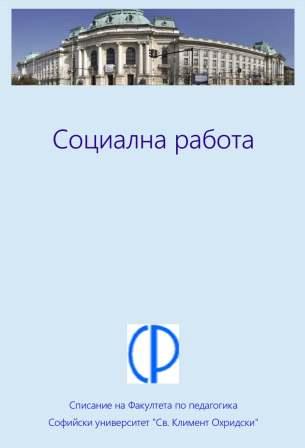
The development of social services over the past decade has been placed as a priority on the agenda of European policies. Regardless of the diversity of existing models, objectives and types of social services in European countries, the argument is put forward that they play a significant role in the well-being and integration of different groups and communities in need of social support. The article traces the evolution of social services in Europe and the main stages of reforming the sector in Bulgaria. The quantitative analysis of the types of social services in the context of the new legislation allows us to outline a model of social services, the effectiveness and practical implementation of which require additional research.
More...
This article presents results of an empirical study on the needs of children in early childhood age (0–7 years), including children with disabilities and their families. The data are used for the purposes of designing a new type of integrated social service for young children and their families. The authors outline the rationale for this idea in the context of the conceptual framework of the study and the conclusions from the desk research of the relevant policy and legal frameworks in Bulgaria. The empirical data and the findings from the desk research have served for drawing conclusions and recommendations for improving the responses to children and their families as part of the early childhood development policies and systems.
More...